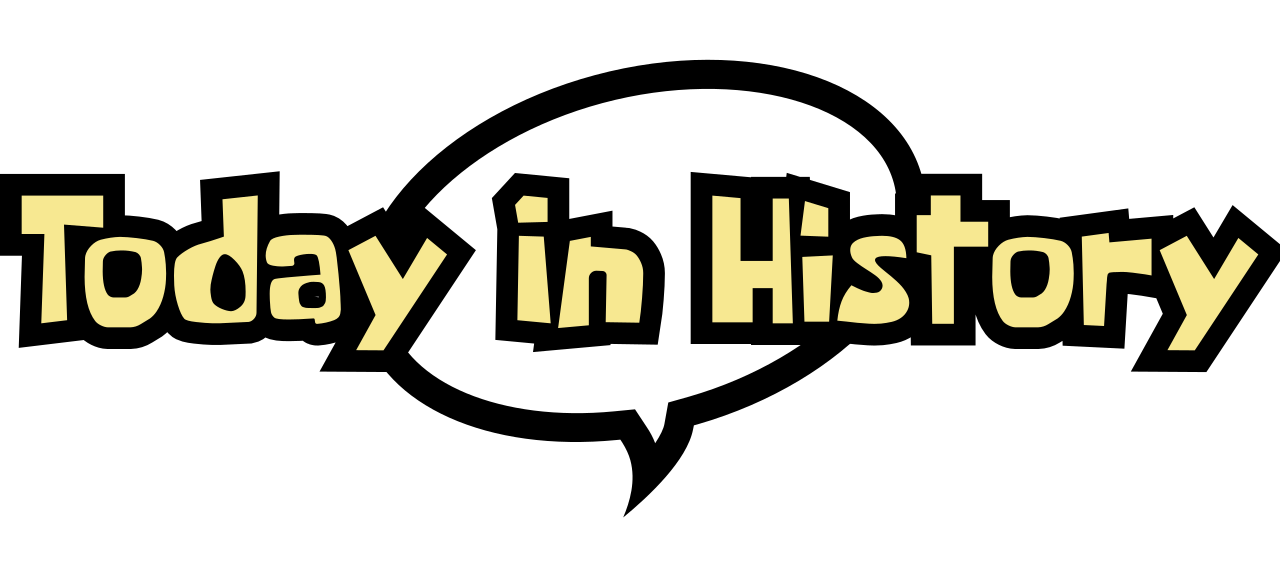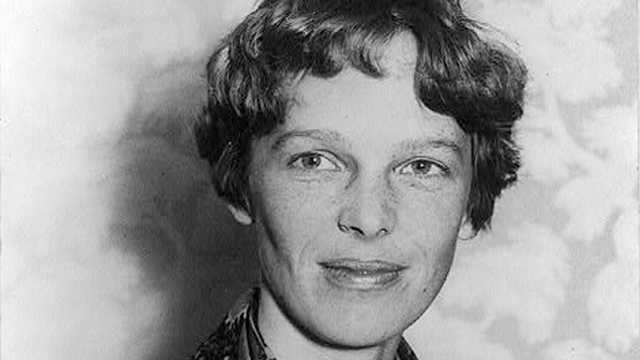Title: “The Enactment of the Eiffel Tower Dedication Day: March 31, 1889”
Introduction
One of the most iconic structures on the planet, the Eiffel Tower in Paris, France, holds a unique place in global architectural and cultural history. On March 31, 1889, the Eiffel Tower was officially dedicated, marking a significant achievement of the Industrial Age and the beginning of a new era in construction and design.
Background
Under the direction of civil engineer Gustave Eiffel, the tower’s design and construction became France’s contribution to the 1889 Exposition Universelle (World’s Fair) held in Paris to celebrate the 100th anniversary of the French Revolution.
The Eiffel Tower was a product of the combined efforts of over 300 laborers, engineers, and designers, who constructed this marvel using more than 18,000 individual iron sections.
The combination of modern material – iron – and innovative construction techniques allowed the creation of a freestanding structure that, at 300 meters (984 feet), was the tallest in the world until the completion of New York City’s Chrysler Building in 1930.
The Event of March 31, 1889
On March 31, Eiffel ascended the tower’s stairs and planted the French flag at its pinnacle. The act signified the completion of the then tallest man-made structure in the world. While the Eiffel Tower was not open to the public until May 6, the March 31 dedication marked the structure’s symbolic inauguration.
The Eiffel Tower: Interesting Facts for Kids
1. It took two years, two months, and five days to build the Eiffel Tower.
2. The Tower weighs approximately 7,300 tons, an equivalent of 18 jumbo jets.
3. It was originally intended to be a temporary structure, lasting for only 20 years.
4. Every seven years, the Eiffel Tower is repainted by hand. It takes around 60 tonnes of paint!
Educational Activities for Kids
1. Building a Miniature Eiffel Tower: Using wooden craft sticks, challenge your kids to construct their miniature Eiffel Tower. This fun activity will not only boost their creative skills but also enhance their understanding of the tower’s structure.
2. French Culture Day: Teach kids about French culture and customs. Bake French pastries, learn a few French phrases, and listen to French songs.
Conclusion
The Eiffel Tower’s dedication on March 31, 1889, marked an important milestone in architecture and engineering. Its influence extends to the present day where it is a beacon of French identity, a symbol of human ingenuity, and a testament to the power of design and structure.
References
1. Eiffel, G. (1890). The Tower of Three Hundred Meters. Paris: J. Lemonnyer.
2. Loyrette, H. (1985). Gustave Eiffel. Paris: Fayard.







What do you think?
Show comments / Leave a comment